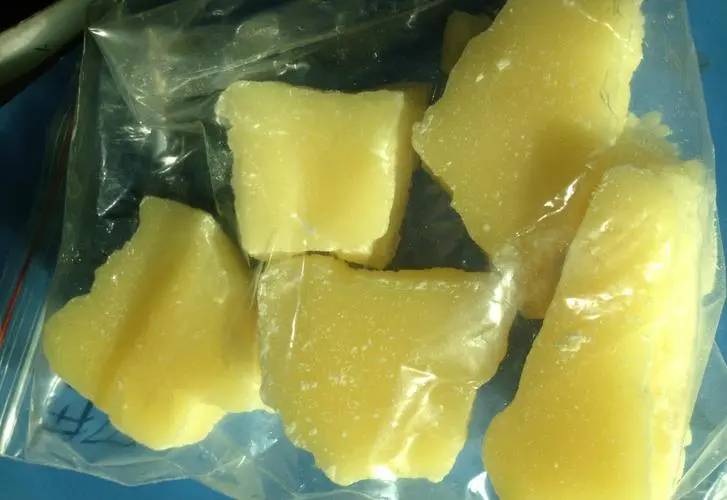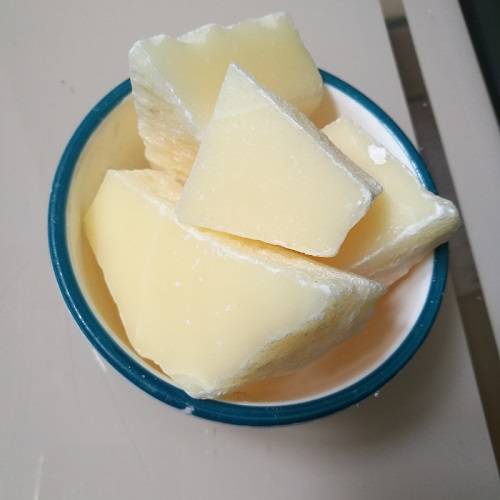A Step-by-Step Guide to Refined Rice Bran Wax Manufacturing Process
Rice bran wax is the by-product of the rice bran oil refining process and is also an essential raw material of the oil and fat chemical industry. Compared with synthetic wax and animal wax, it has the advantage of non-toxicity. Rice bran wax was initially developed as a substitute for Brazilian carnauba wax. In recent years, due to its unique properties, it has formed the status quo of being used in parallel with Brazilian carnauba wax [1]. In Europe, America, Japan and other developed countries, it is widely used in leather, paper, plastic, food industry and other fields [2] [3].
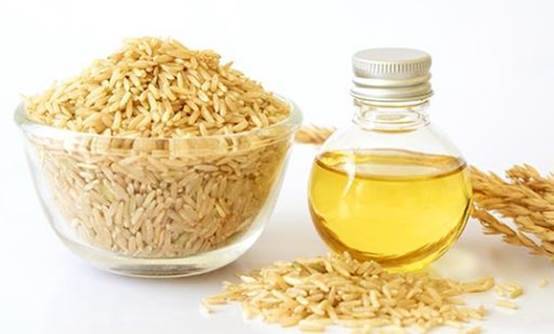
Physicochemical Properties of Rice Bran Wax
Rice bran wax is derived from rice bran oil, its physical and chemical properties are affected by raw material source and oil production method. Different raw materials and oil-making methods make fat and oil differ greatly, especially fat and oil contain wax amounts. Rice bran oil contains wax generally in 2%~5%, according to the Japanese Bo Suo oil and grease company reports in 1998 rice bran oil composition: neutral oil 78. 7%, free fatty acid. 7%, free fatty acid 10%, unsaponifiables 5.1%, wax 2.6%. 1%, wax 2.6%, gelatin 1.8%, gluten 1.8%, impurity 0.2%, water 0.2%.
The refined rice bran wax manufacturing process is divided into three steps: degumming, oil removal and decolorization. The process of degumming and decolorization is the most important, and there are two main methods for degumming [4][5]: press filter saponification method and solvent extraction method. The former is according to the rice bran wax belongs to the unsaponifiables, will wax in the oil with alkali saponification into soap and wax separation, the process is simple, equipment cost is low, but the quality of the finished product is poor, and there are a large number of wastewater discharge; The latter use of the wax and the oil in the organic solvent solubility difference for separation.
The solvents commonly used are acetone, ether, carbon tetrachloride, petroleum ether, benzene, methanol, ethanol, isopropanol, butanone and their mixtures. The process is characterized by good quality of the finished product, high yield, recycling of the oil, and no wastewater discharge.
In this paper, the refined rice bran wax manufacturing process uses phosphoric acid hydration and degumming, ethyl acetate solvent extraction and degumming, and the two-step decolorization method of H2O2 -NaClO. Below is a detailed step-by-step guide to refined rice bran wax manufacturing process.
1 Experiment and Method
1.1 Raw Material
Crude bran wax was obtained from Changzhou Oil Factory and Zhejiang Huzhou Steaming Grain Factory.
1.2 Degumming
Quantitatively weigh the crude bran wax in the hydrator, heat and melt, add phosphoric acid, and pass into the water vapor, react for a certain period of time, keep warm, static, and remove the lower layer of precipitated gelatin.
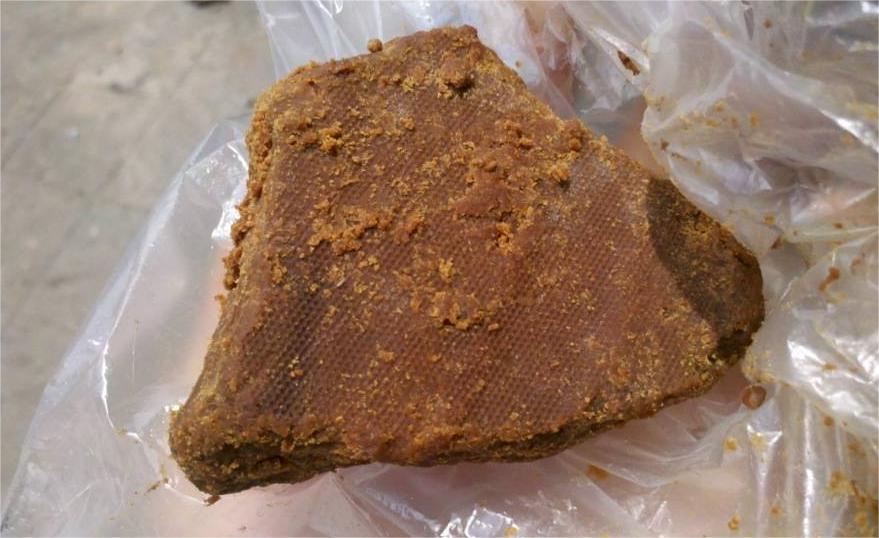
1.3 Degreasing
Quantitatively weigh the degummed crude wax, add a certain proportion of organic solvent at a certain temperature, and gradually cool it. Maintain a constant temperature for 2 hours at each required cooling temperature, collect precipitates at each temperature point, and analyze their purity.
1.4 Decolorization
Quantitatively weigh the degummed and degreased wax, add bleach at a certain temperature, react for a certain period of time, wash to neutral, and determine the whiteness of the finished wax samples.
1.5 Determination of Purity
Accurately weigh 0.25g ~ 0.30g of wax sample in a stoppered centrifuge tube, add 10ml of analytical pure acetone, immerse in 30 ℃ for 1h, shaking, then centrifugal separation, pour out the acetone layer, continue to wash with acetone, centrifugal separation for several times until the acetone layer is colorless. After drying off the acetone, put it in the oven at 100 degrees drying at constant weight.
1.6 Determination of Whiteness
The rice bran wax sample is melted and made into a 4mm to 5mm thick sample with a flat surface, and the whiteness value is read by a whiteness meter.
2 Results and Discussion
2.1 Degumming
Crude bran wax contains a small amount of mechanical impurities, water, and gums mainly composed of phospholipids. The presence of these impurities will affect the pure color and performance of the product. At present, the commonly used hydration method to remove the conditions: is hydration temperature of 85 ℃, phosphoric acid 0.1%. After degumming, the content of gum and other impurities is less than 0.05%.
Figure 1 Solubility of Rice Bran Wax in Various Organic Solvents
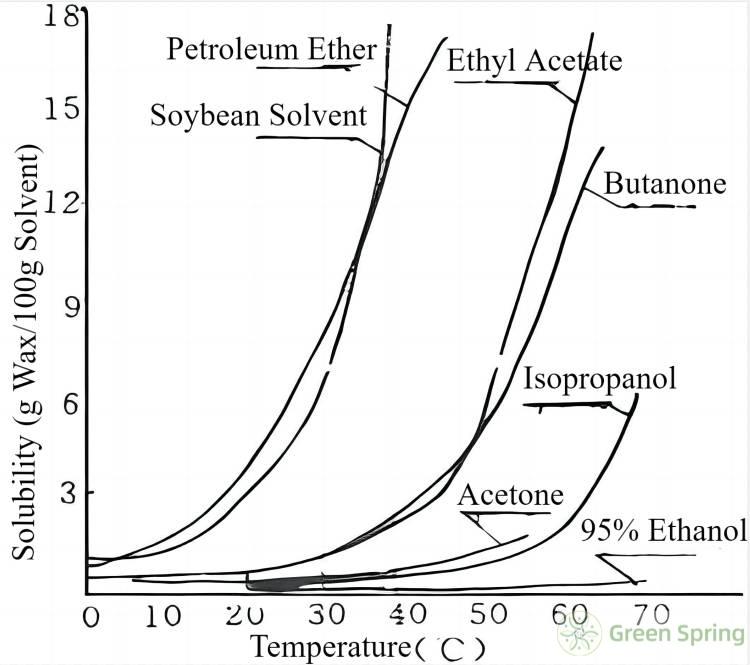
Table 1 Orthogonal Experimental Results
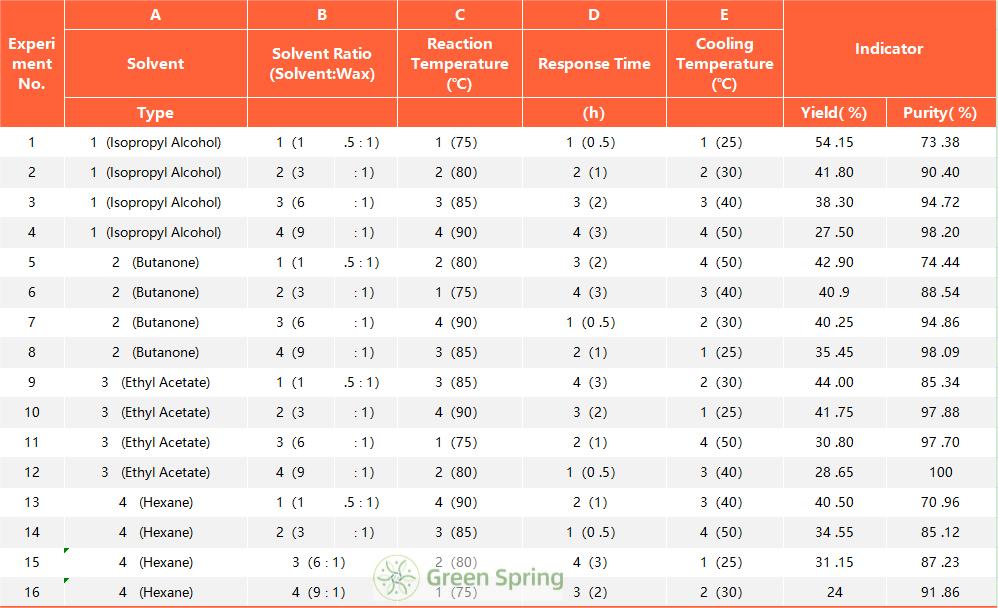
Table 2 Range Analysis of Indicator Purity
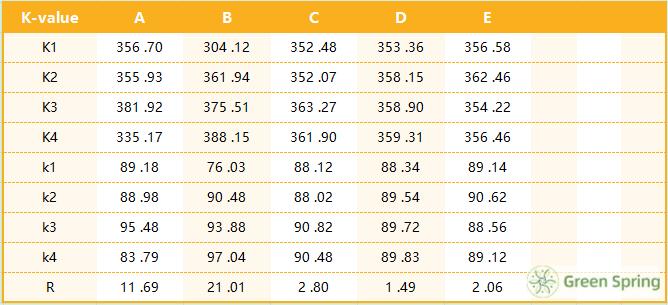
Table 3 Range Analysis of Index Yield
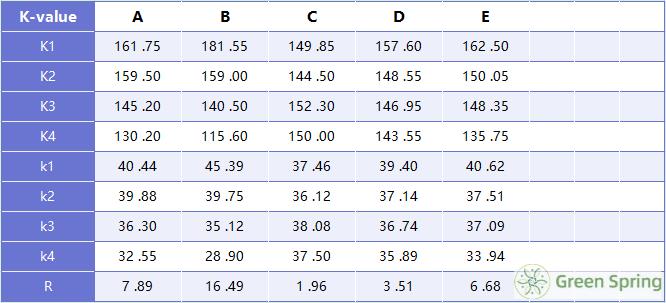
2.2 Degreasing
The main factors affecting oil removal include solvent type, solvent ratio, extraction temperature, extraction time, cooling temperature, etc. Figure 1 shows the solubility of rice bran wax in various organic solvents. Figure 1 shows the solubility of rice bran wax in various organic solvents, according to the difference in solubility of organic solvents for oil and wax and the boiling point of solvents, the experiment chose butanone, ethyl acetate, isopropyl alcohol, and 6 # solvents for further testing.
L16 45 orthogonal test was used and the results of the orthogonal test are shown in Table 1. The detection indexes were the yield and purity of furfury wax. Tables 2 and 3 show the polar analysis of the purity and yield respectively, from which it can be seen that the order of influence of five factors on the purity and yield are as follows:
Yield: solvent ratio (B), solvent type (A), cooling temperature (E), reaction temperature (C), reaction time (D);
Purity: solvent ratio (B), solvent type (A), reaction temperature (C), cooling temperature (E), reaction time (D).
Figs. 2 and 3 show the polar plots of purity and yield, from Figs. 2 and 3, the best conditions for improving purity were: A3, B4, C3, D4, and E2; the best conditions for improving yield were: A1, B1, C3, D1, E1. Considering the yield and purity, the optimal extraction conditions were selected as follows: A3, B2, C3, D1, E1. That is to say, ethyl acetate was used as the solvent, the solvent ratio was 3∶1, the reaction temperature was 85 ℃, and the reaction temperature was 85℃, the reaction temperature was 85℃, and the reaction temperature was 85℃. The optimal extraction process conditions were: A3, B2, C3, D1, and E1, i.e., the solvent was ethyl acetate, the solvent ratio was 3∶1, the reaction temperature was 85 ℃, the reaction time was 0.5 h, and the cooling temperature was 25℃.
2.3 Decolorization
Bran wax obtained by degumming and degreasing is brown, in order to expand the scope of its application, it is necessary to carry out decolorization treatment; this experiment selects H2O2 and NaClO two-step decolorization, Table 4 is the orthogonal experimental results of hydrogen peroxide decolorization, it can be seen that the amount of hydrogen peroxide is the main factor affecting the chromaticity, followed by the stirring speed, Fig. 4 is the polar plot of the decolorization of hydrogen peroxide. Figure 4 shows the polar plot of the decolorization of hydrogen peroxide. From the figure, we can see that the optimal conditions are: 2% hydrogen peroxide, stirring speed of 132r/min, reaction temperature of 90 ℃, and reaction time of 1h.
Figure 2 Purity Range Analysis Chart
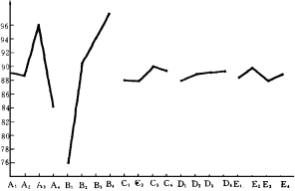
Figure 3 Analysis of Yield Range
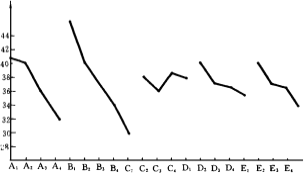
Figure 4 Range Analysis of Hydrogen Peroxide Decolorization
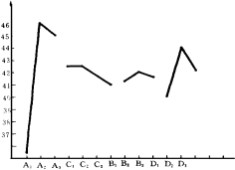
Table 4 Orthogonal Experimental Table and Results of Hydrogen Peroxide Oxidation Decolorization
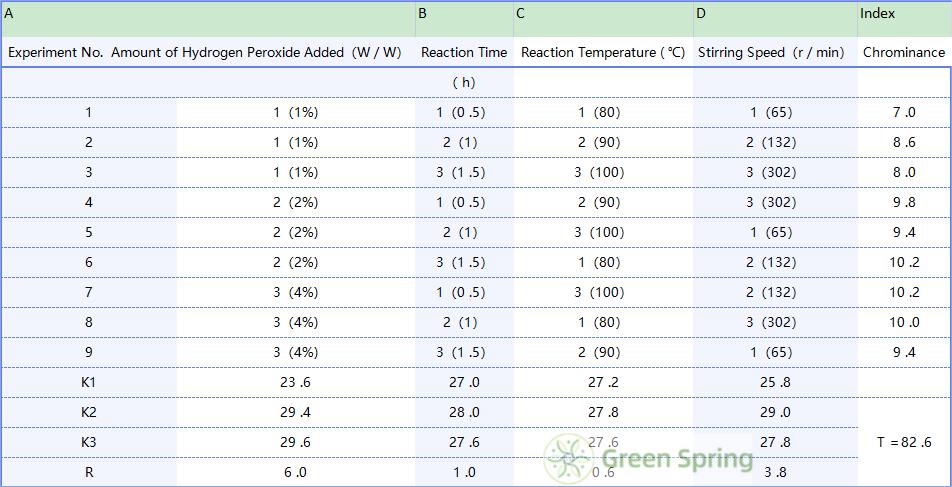
Table 5 Orthogonal Experimental Table and Results of Sodium Hypochlorite Oxidation Decolorization
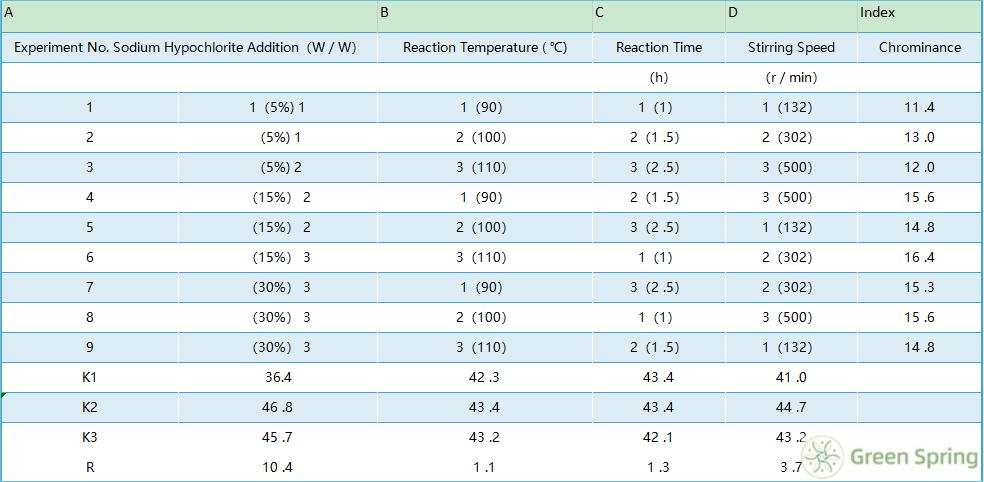
The furfury wax after decolorization by hydrogen peroxide was subjected to orthogonal experiments of decolorization by sodium hypochlorite. Table 5 shows the results of the experiments, from which we know that the main factor affecting the decolorization is the amount of sodium hypochlorite added, followed by the stirring speed. From Fig. 5, the optimum conditions are: 15% sodium hypochlorite, stirring speed 302r/min, reaction time 1h, reaction temperature 100℃.
3 Conclusion
Taking rice bran wax, a by-product of rice bran oil processing, as raw material, the product with a purity of 96.4% and chromaticity of 16.8 was obtained through phosphoric acid hydration and degumming, ethyl acetate extraction and oil removal and two-step decolorization treatment, which provided a better raw material for the further use of refined rice bran wax.
What Are the Uses of Refined Rice Bran Wax?
China is a big rice producing country, and the production of rice bran wax has unique resource advantages. Among the few commercial animal and plant waxes, refined rice bran wax is a kind of natural wax raw material comparable to Brazilian carnauba wax. At the same time, the deep-processed products of rice bran wax have high value-addedness, for example, long-chain fatty alcohols, eicosanoids, and so on have been developed.
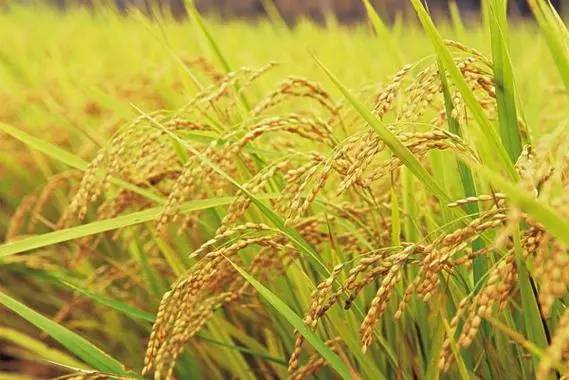
Refined rice bran wax is widely used, it is a good substitute for paraffin wax and Brazilian carnauba wax in food industry. It can be used as a pastry release agent, frozen food excipient, chewing gum plasticizer, chocolate candy polishing agent; fruits, vegetables, eggs, fish and meat products freshness film agent, paper industry paper waterproofing agent, plastic industry smoothing agent, textile industry fiber oiling agent, hardware machinery industry polishing agent. Rice bran wax is also used as casting resin, polish agent for leather, furniture and vehicle in light chemical industry, linking material for ink and coating industry, slow-release agent and antifoaming agent in pharmaceutical and chemical industry, additive for frying oil and iron plate oil in grease and oil industry, and binding agent for granule feed in feed industry.
Reference:
[1]Charles.W .Cosmetics Tolietries,1976,91(10):14~16
[2] SBP Technical Advisory Committee, India, Edited by Youshen Zhong and Zhiqing Feng. Industrial Waxes and Their Formulations. Beijing: Hydrocarbon Processing Press, 1988.
[3] H. Bennett . Industrial Waxes . Next, Beijing Petroleum Publishing House, 1982.
[4] Yangdi Cui. Application Development of Rice Bran Wax . Oils and Fats Science and Technology, 1984, 9(Supplement): 619~628
[5] Toru Takagi. Oleochemistry, 1978, 27(3):172-176
-
Prev
How to Make Rice Bran Wax: An Efficient Method
-
Next
A Beginner's Guide to Rice Bran Wax Composition


 English
English French
French Spanish
Spanish Russian
Russian Korean
Korean Japanese
Japanese